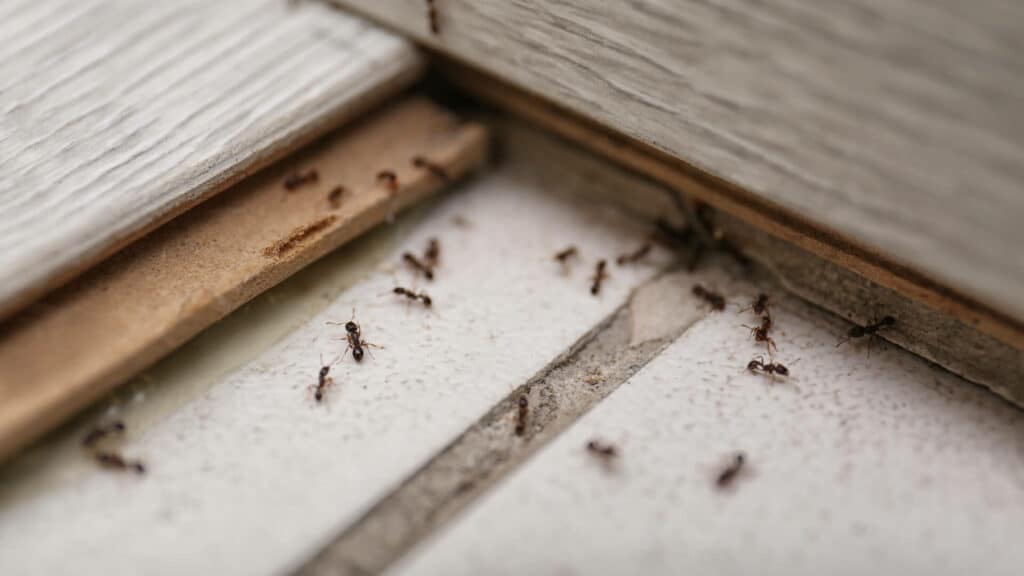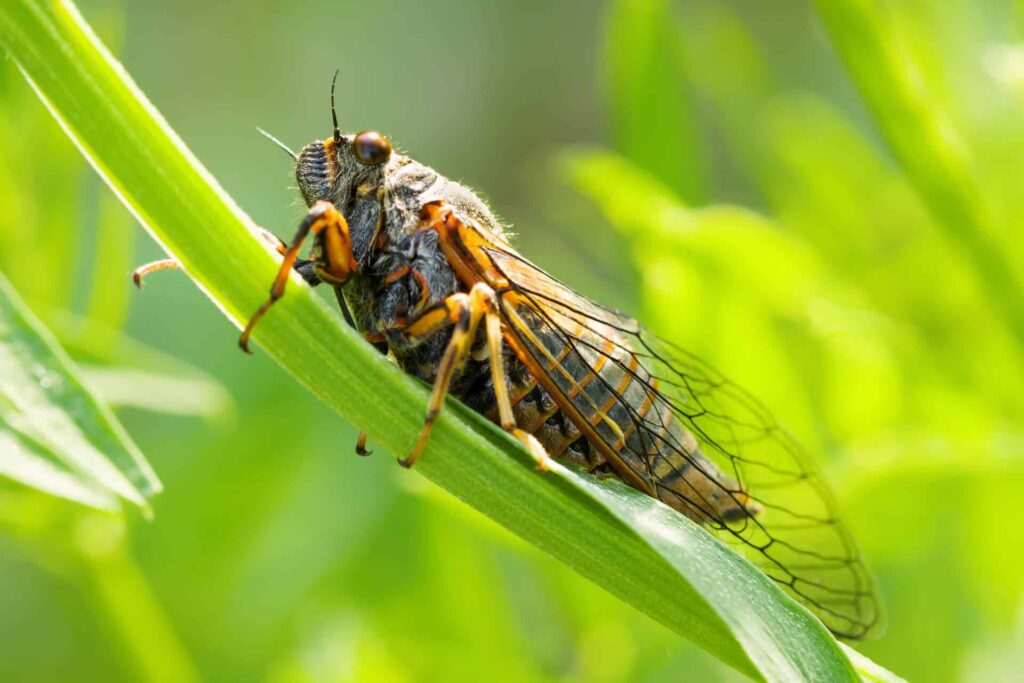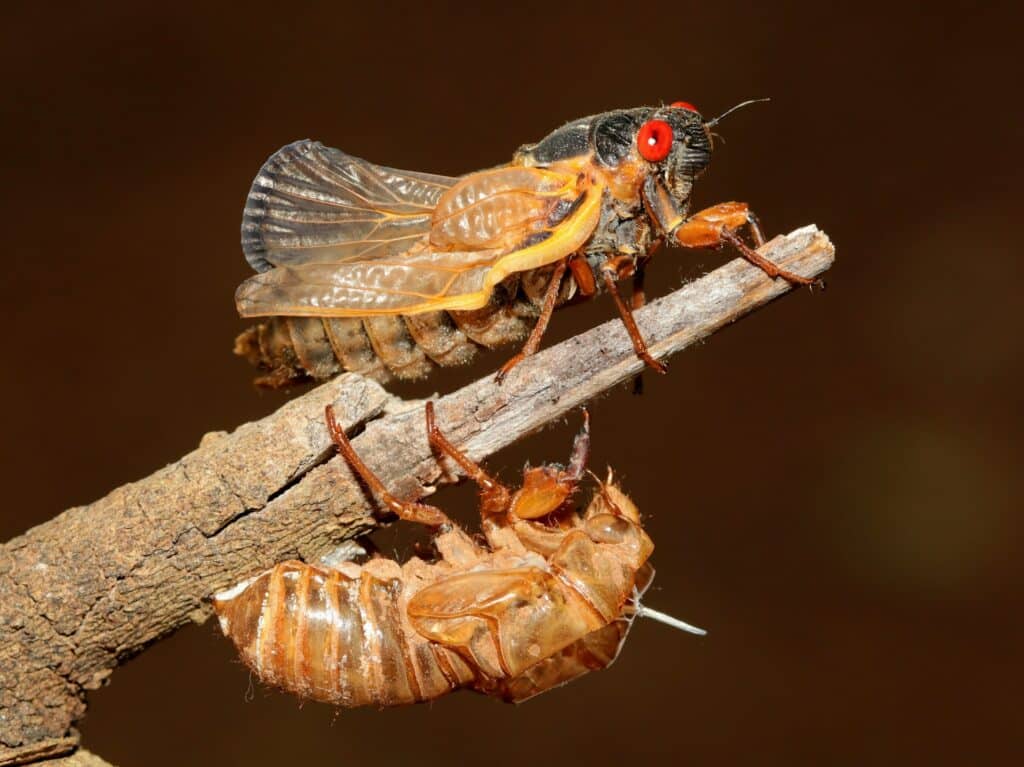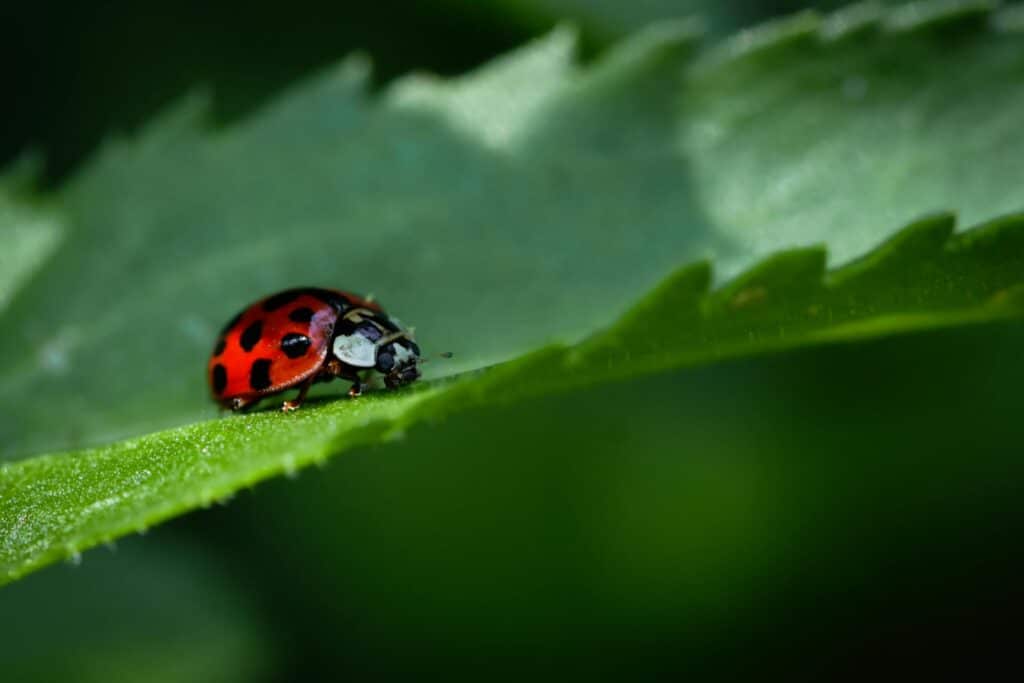You may be dealing with beetle wood damage if you’ve noticed small holes or powdery residue on your wooden furniture. Certain species of beetles, known as furniture pests, can cause significant harm by boring into wooden surfaces. In this article, we will explain the types of wood beetles that can infest your wooden furniture and the signs of an infestation. We’ll also provide methods that you can take to get rid of beetles on furniture before the damage becomes irreparable.
What Are the Types of Wood Boring Beetles?
Wood boring beetles are the primary culprits when it comes to furniture damage. These beetles lay their eggs in the wood, and when the larvae hatch, they burrow through the wood, feeding on it as they grow. The damage is often unseen until the adult beetles emerge, leaving behind small exit holes and other telltale signs.
Here are some of the common types of wood boring beetles that can damage furniture:
- Powderpost Beetles: These beetles attack hardwoods, which means they can easily infest furniture made from oak, ash, mahogany, and other hardwood species. The larvae of powderpost beetles bore through the wood, leaving fine, powdery dust known as frass.
- Furniture Beetles: Often called common woodworms, these beetles are particularly damaging to older pieces of furniture. They leave behind small, round exit holes and can weaken the wood over time. Furniture beetles quickly infest softwoods and certain hardwoods with high moisture content, mainly pine, oak, and ash.
- Deathwatch Beetles: Typically attracted to damp or decaying wood, deathwatch beetles can cause extensive structural damage, including to antique wooden furniture. They damaged the wood by tunneling through it as larvae, creating a network of tiny holes and weakening it.
4 Signs of Beetle Infestation in Furniture
Detecting a beetle infestation in its early stages is crucial to preserving the condition and lifespan of your furniture. Watch out for these signs of wood beetle activity to address the problem before it leads to significant damage:
1. Small Exit Holes
The most obvious sign of wood beetles in your furniture is the presence of small, round exit holes. These are left behind when adult beetles chew out of the wood. The size of the holes can vary depending on the species but typically ranges from 1/16 to 1/8 of an inch in diameter.
Inspect areas that are less visible, such as the underside of chairs, tables, or shelves, where beetles may have more access to undisturbed wood.
2. Frass (Wood Dust)
Another key indicator of beetle wood damage is the appearance of frass—a fine, powdery wood dust created by beetle larvae as they bore through the wood. Frass often accumulates around exit holes or on the floor beneath infested furniture.
3. Weak or Crumbling Wood
Over time, an infestation can weaken the structure of your furniture. You may notice areas that feel soft or brittle to the touch, especially if the beetles have existed for a long time. Tapping on the wood may produce a hollow sound if the interior has been extensively damaged by larvae.
4. Adult Beetles
Sometimes, you may see adult beetles on or near your furniture. While adult beetles do not typically cause damage, their presence indicates that an infestation is likely ongoing, and larvae continue to feed on the wood inside.
4 Ways to Protect Wooden Furniture from Wood Beetles
Discovering signs of beetle activity in your wooden furniture can be alarming, but taking prompt action is critical to preserving its quality and lifespan. Follow these recommended ways to protect your wooden pieces from beetles and prevent future infestations.
1. Inspect and Isolate Affected Furniture
The first step is to thoroughly inspect all your wooden furniture, paying close attention to any pieces that show signs of damage. Isolate any affected items from the rest of your furniture to prevent the beetles from spreading to other areas of your home.
2. Maintain a Dry Environment
Beetles are attracted to damp or humid conditions, which make the wood more vulnerable to infestation. Maintaining a dry environment in your home can reduce the likelihood of an infestation.
- Use Dehumidifiers: In areas like basements or attics, where humidity is higher, use a dehumidifier to keep moisture levels low.
- Avoid Placing Furniture in Damp Areas: Keep valuable wooden furniture away from areas with poor ventilation, like basements or poorly ventilated rooms, where moisture can accumulate.
3. Regularly Inspect and Clean Furniture
Even if your furniture appears unaffected, inspecting it regularly for early signs of beetle activity is a good idea. Cleaning your furniture and keeping it clean of dust and debris will also make it easier to spot potential problems early on.
4. Contact the Professionals
When dealing with a wood beetle infestation, contacting a professional pest control company is may be helpful in the removal of these pests from your home and furniture. These experts bring a better understanding of these common pests‘ beetle behavior, treatment methods, and techniques to contain the pests, which may prevent further damage.
Prevent Wood Beetles Infestation with help from the Pros
Beetle wood damage can seriously threaten your wooden furniture, particularly when it goes unnoticed. Small holes, wood dust, and weak spots are clear signs that beetles may be infesting your furniture.
At Aptive, we do our best to help families and communities take control of problems posed by many pests—one home at a time. Our expert pest control services may help prevent the infestation and nuisance of pests in the home, allowing you to enjoy your space with a greater peace of mind. Contact us today for a complimentary quote and tailored pest control methods for your home.









